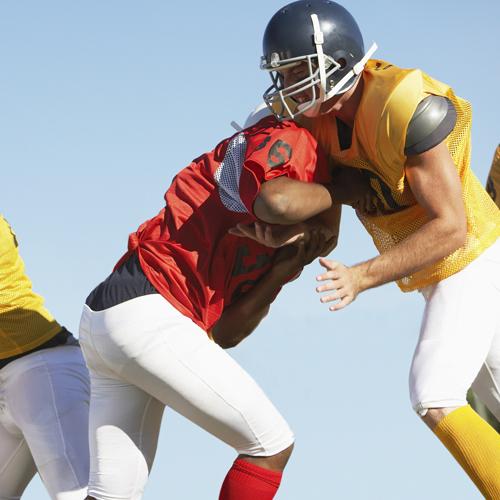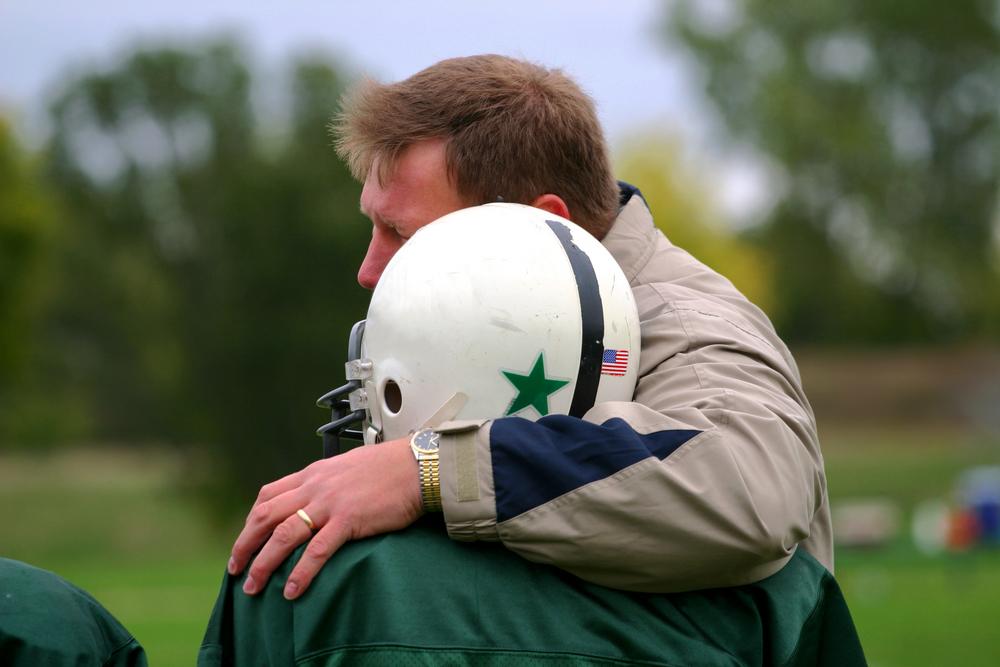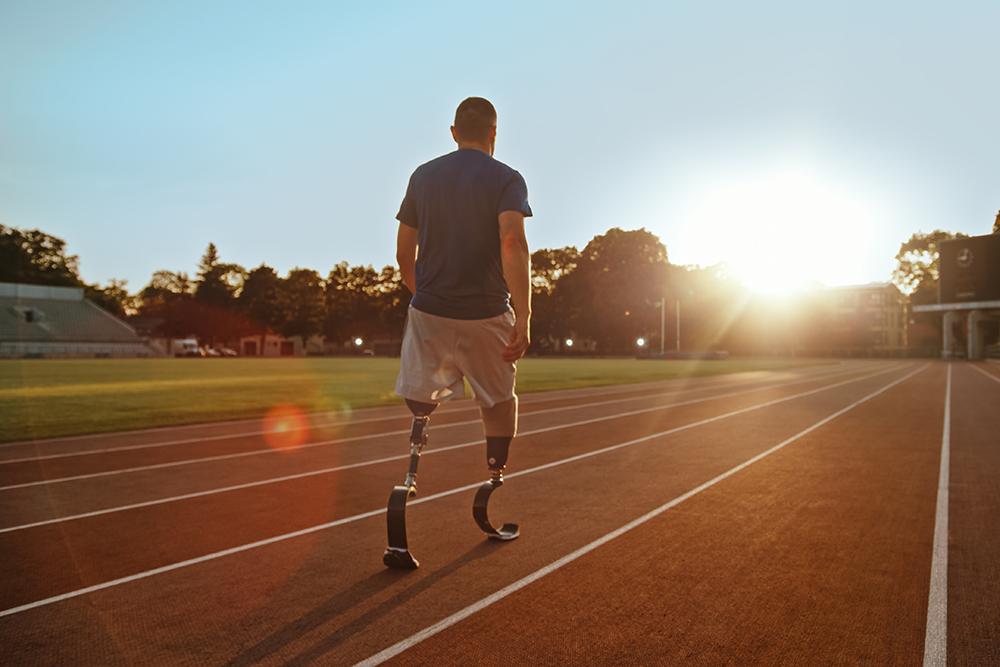When it comes to youth sports, we’ve all seen the shocking videos of parents letting their emotions fuel violent outbursts against other parents, coaches, and even young officials. But what if that angry outburst comes from one of the athletes on the field? How would you as a coach or parent help your athlete manage that outrage?
 Dr. Kevin Chapman, TrueSport Expert, licensed clinical psychologist, and founder of the Kentucky Center for Anxiety and Related Disorders, explains that anger is “a normal basic core emotion.” He adds, “Angry is the result of a perceived social slight. Someone has knowingly, intentionally, or unnecessarily acted in a hurtful way toward us.”
Dr. Kevin Chapman, TrueSport Expert, licensed clinical psychologist, and founder of the Kentucky Center for Anxiety and Related Disorders, explains that anger is “a normal basic core emotion.” He adds, “Angry is the result of a perceived social slight. Someone has knowingly, intentionally, or unnecessarily acted in a hurtful way toward us.”
Dr. Chapman also emphasizes that anger is an important emotion that prompts people of all ages to defend themselves and their loved ones. For example, if you get carded unfairly in a game, anger is a healthy response as long as the actions tied to that anger are focused on appropriate resolutions, such as telling the coach or asking the referee to explain their decision.
In order to avoid aggressive outbursts as a result of anger, Dr. Chapman recommends sharing and practicing a three-point check system with your athlete to help them reframe their internal dialogue in frustrating situations and respond in an effective way.
1. Thoughts
According to Dr. Chapman, “The most pivotal facet of any emotion is how we interpret the situation. An event occurs, we think about the event a certain way – usually based on previous experience with similar events, and this leads to the emotional experience.”
 For instance, if a young athlete just found out they won’t be starting the game, they may feel angry at the coach for leaving them off the starting lineup. As the emotion builds, the thoughts follow suit:
For instance, if a young athlete just found out they won’t be starting the game, they may feel angry at the coach for leaving them off the starting lineup. As the emotion builds, the thoughts follow suit:
“This is unfair. I work so hard. I don’t understand why he picked them over me.
This sport is pointless. I don’t deserve to sit on the bench. Why do I even try?”
At this point, Dr. Chapman recommends that the athlete “take a step back, take a deep breath, and ask, ‘What am I thinking right now?’” Acknowledging the thought process triggered by anger will help the athlete evaluate those thoughts more objectively and consider how they would describe the situation after the emotion passes.
2. Feelings
After athletes assess what they are thinking about when anger flares, Dr. Chapman explains that they should then ask themselves, “What am I feeling in my body right now? What’s my heart doing? What’s my stomach doing?”
According to the American Psychological Association, when people get angry, they can feel internal sensations in their bodies, such as heart palpitations, stomach distress, sweating, hot or cold flushes, shortness of breath, fatigue, muscle tension, increased energy, and others.
Recognizing the physical signs of anger and becoming more self-aware of those sensations can help athletes understand that what they’re feeling is normal. If athletes experience physical signs of anger, encourage them to practice relaxation techniques, such as deep breathing exercises, to help with muscle relaxation – which will help dissipate the other physical sensations they begin to feel when angry.
3. Behavior
“The last step in the three-point check recognizes that behaviors are a manifestation of the thoughts and physical feelings that people experience during the bout of anger,” says Dr. Chapman.

“In attempting to feel more comfortable, we often engage in actions that may lead to temporary relief that could make us feel worse in the long-term,” Dr. Chapman adds. He continues to explain that “learning the functional nature of [your athlete’s] basic emotions and effective ways to regulate these emotions will help [them] live a fulfilling life that is not dominated by the ‘feeling’ component of our emotional experience.”
If an athlete wants to act on their anger, whether that be yelling at the coach or storming off the field, encourage them to instead ask themselves, “What do I feel like doing right now? Will that action lead to anything positive in the long-term?”
After your athlete acknowledges what they want to do, have them practice the first two steps in the three-step system to further process their reaction to the situation and identify a more effective response.
______
Dr. Chapman concludes, “All emotions have three parts. It’s important for young athletes to understand that all emotions are meant to help us, not hurt us.”
As young athletes become more aware of the thoughts, sensations, and actions connected to anger by practicing the three-point check, they will become increasingly better at managing unnecessary anger and responding effectively in difficult situations.



